Recent growth in the craft distilling industry is hardly unique to the US, 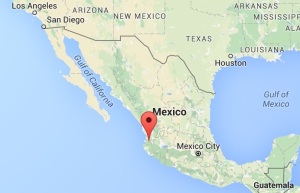 as we’ve witnessed in France and Sweden. On break from our sabbatical work, we joined a few California friends for a week near Puerto Vallarta, and caught a glimpse of Mexico’s own renaissance in local liquor.
as we’ve witnessed in France and Sweden. On break from our sabbatical work, we joined a few California friends for a week near Puerto Vallarta, and caught a glimpse of Mexico’s own renaissance in local liquor.
Tequila, made exclusively from blue agave (Agave tequilana) in a limited number of Mexican States, has been exported internationally since the late 19th century, and is currently protected through NAFTA. The more loosely regulated mezcal (of which tequila is a specific variety) is distilled from the roasted, fermented heart—called piña for its pineapple-like appearance—of a number of 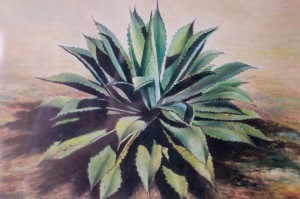 agave subspecies, and has surged in popularity since the early 2000s. Raicilla, a Mexican moonshine made from the Agave lechugilla plentiful in the tropical Puerto Vallarta region, was new to us, but has been gaining its own artisanal name.
agave subspecies, and has surged in popularity since the early 2000s. Raicilla, a Mexican moonshine made from the Agave lechugilla plentiful in the tropical Puerto Vallarta region, was new to us, but has been gaining its own artisanal name.
Seeking a distillery tour, or at least a tasting, we followed sketchy directions from our rental home host Manuel to the outskirts of colonial San Sebastián del Oeste. Our scrappy Dodge Attitude conquered a bumpy hour along Highway 544 past Ixtapa and Las Palmas to the magical Puente Progreso, where we passed 400 feet above a mist-soaked canyon to Mamá Lucia Distillery.

Puente Progreso

Mamá Lucia San Sebastián
Regional tequila chain Mamá Lucia acquired its San Sebastián location, one of three in and around Puerto Vallarta, within the past year from family operation Hacienda San Sebastián. Now licensed to produce tequila as well as raicilla, the distillery appears to be expanding into more mainstream markets, and taking advantage of the booze tourism trend. Steep price tags (bottles started around $40) accompanied a personal (free) tour through beautifully labeled roasting, mashing, distilling, and aging facilities from our enlightening host Gilberto. The tequila was flavorful, if unpolished; we opted for a bottle of the more compelling, sweetly floral raicilla.

Tools of the trade

Oven

Agave mash

Piña

Roasted

Pounded

Distilled

Hydrometers

Aging

Añejo barrels

Gilberto’s stock
Up the road in La Estancia de Landeros, several shops sold their own raicillas at a fraction of Mamá Lucia’s prices; while lunching on carnitas, we picked up a second, unlabeled bottle offering similarly distinctive flavor. 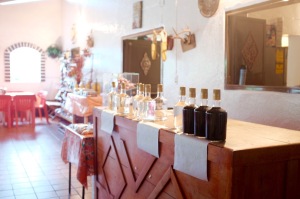 Neighbor Estancia Distillery offers one of the few raicillas available in the US, currently $36 for 375 mL online at Mash & Grape.
Neighbor Estancia Distillery offers one of the few raicillas available in the US, currently $36 for 375 mL online at Mash & Grape.
As Fusion.net noted in 2014, a wide chasm of cultural differences continues to separate the rural producers who bottle mezcal and the young urban professionals who drink it. Still, Mexico’s local liquor trade offers alluring economic opportunities to struggling rural communities, and may have industrial applications beyond beverages. We felt lucky to sample one of the industry’s more nascent chapters.
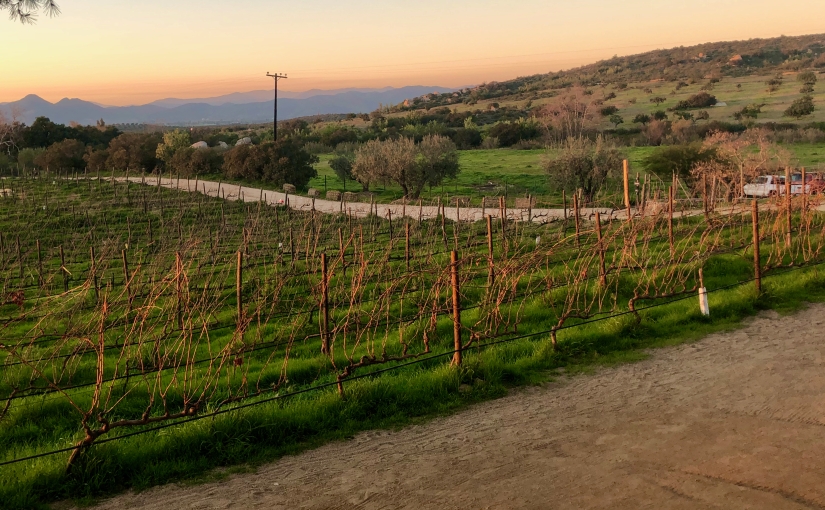
















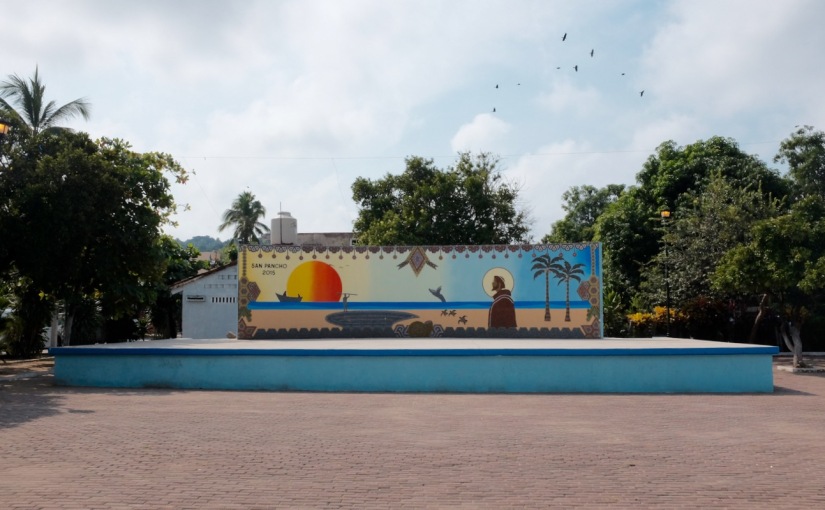





































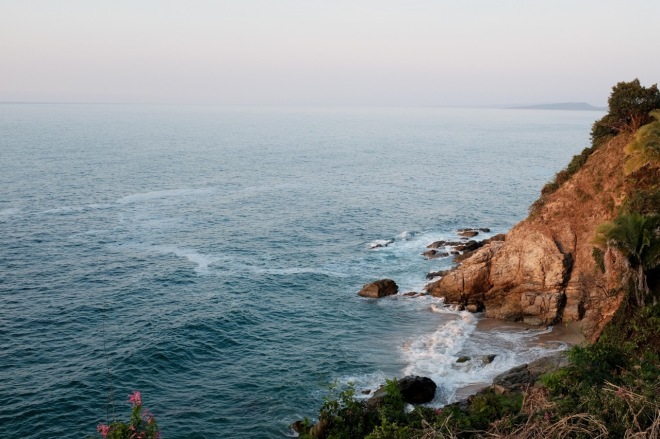
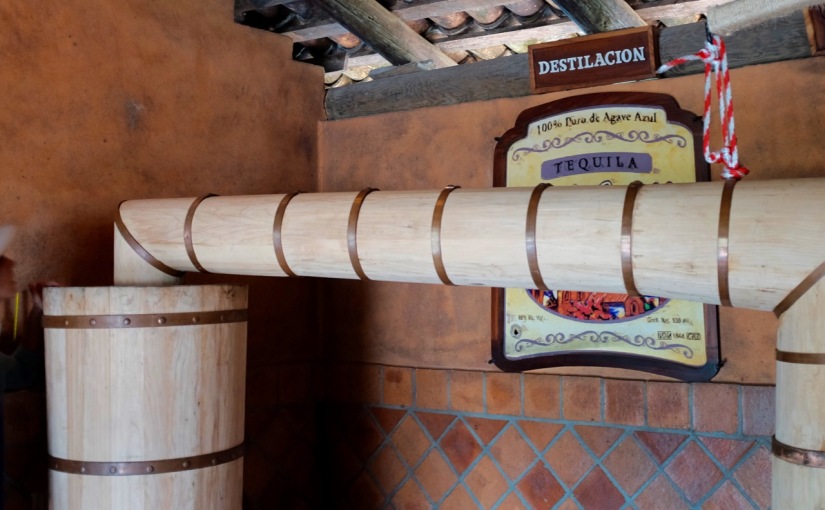
 as we’ve witnessed in
as we’ve witnessed in  agave subspecies, and has
agave subspecies, and has 












 Neighbor
Neighbor